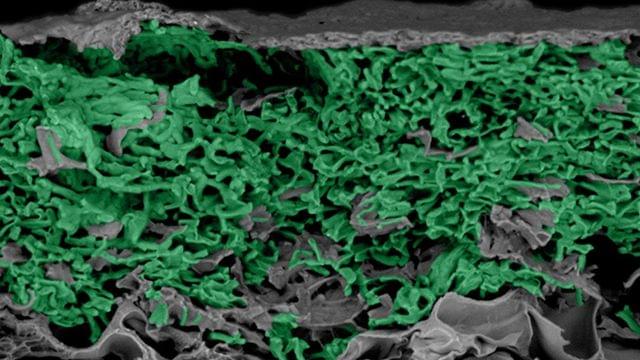A quantum battery operates on the principles of quantum mechanics, diverging from traditional batteries which rely on ion flow for charging and discharging. In quantum batteries, energy is stored by moving electrons into higher energy states with photons acting as charge carriers. During charging, photons transfer their energy to electrons, enabling storage.
Key quantum properties, such as entanglement and superabsorption, are harnessed to enhance the charging rate. Entanglement allows particles to function cohesively during the charging or discharging process, while superabsorption increases the energy storage capacity, leading to higher energy densities. Despite their theoretical potential and scalability, practical quantum batteries have faced challenges, with existing prototypes unable to sustain energy beyond a few nanoseconds.








